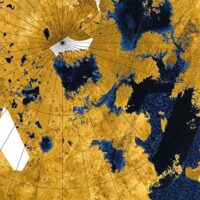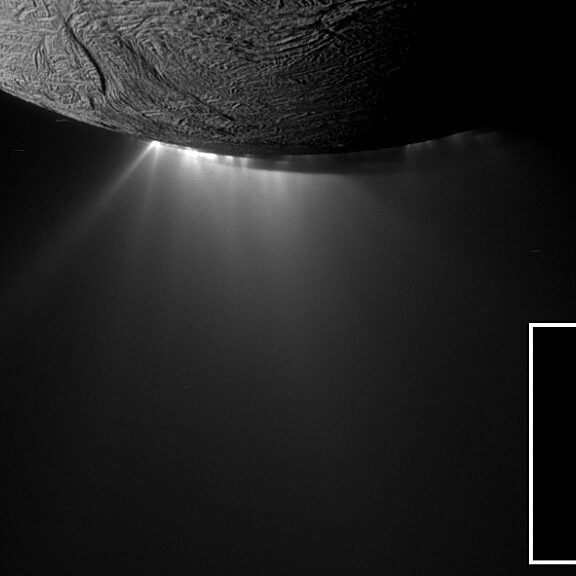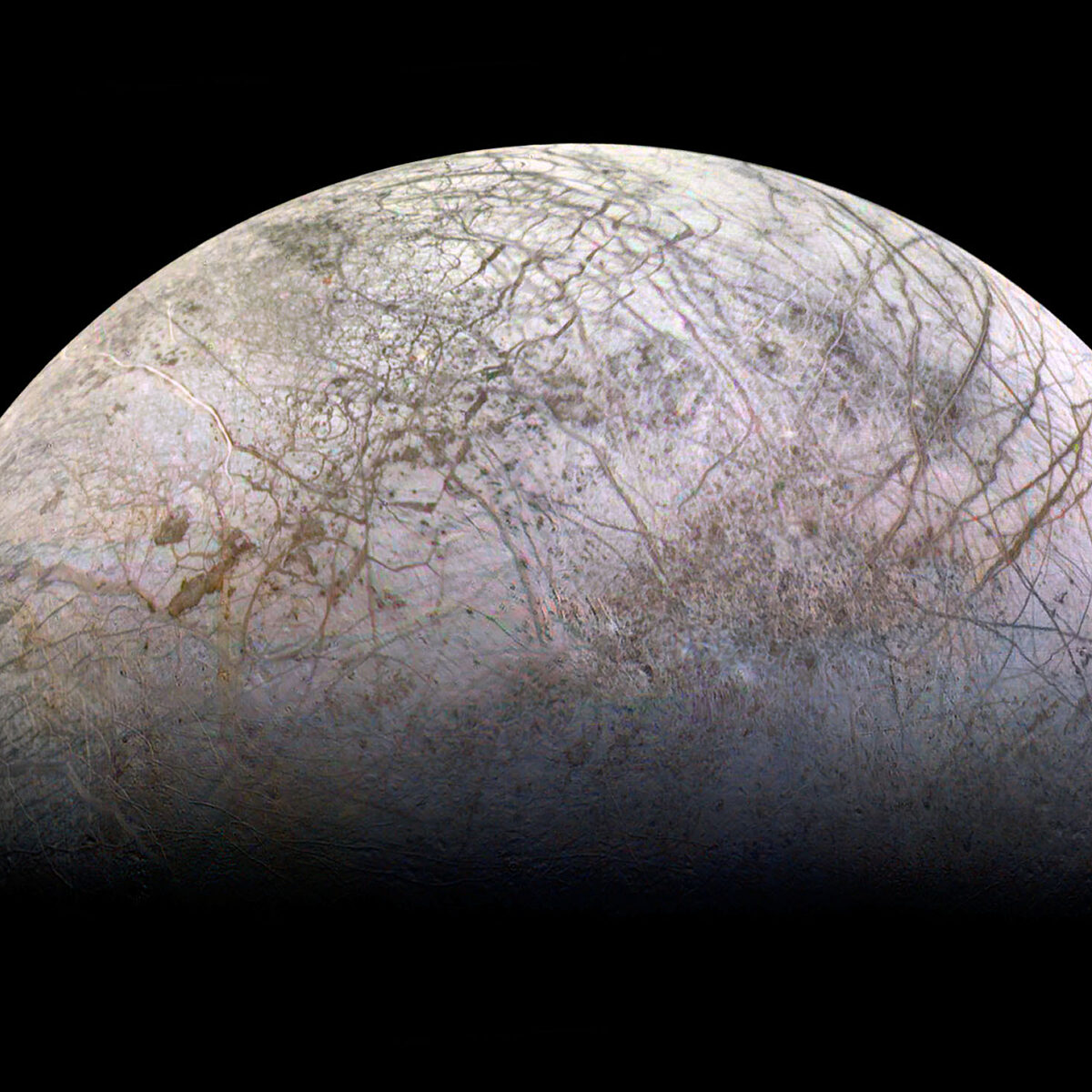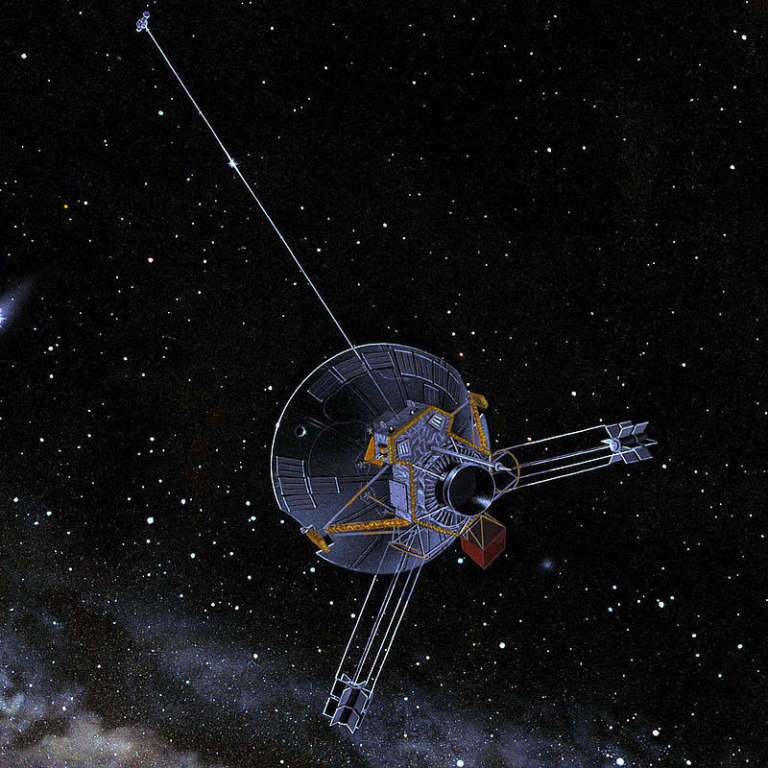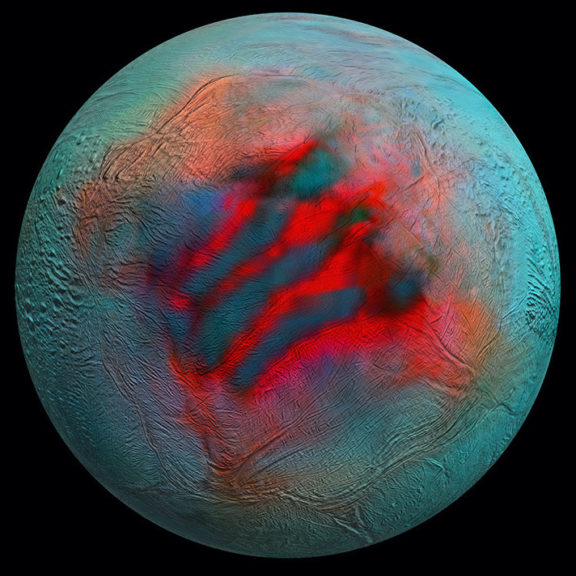All
All
Stories, updates, insights, and original analysis from The Planetary Society.
What would it be like to stand on the surface of Titan?
If you could visit Titan, you'd be in for a very alien experience.
The best places to search for life in our Solar System
From Earth's neighboring planets to distant moons, these are the best places to look for alien life.
Have a nice flight!
Flying on Titan is easy, but not as easy as flying on Deimos. Plus, Juice takes off and Ingenuity captures a view from the air.
Our favorite moons of the Solar System
A brief guide to eight of our Solar System's most fascinating and scientifically promising moons.
What Cassini continues to reveal about Saturn
Saturn continues to surprise as scientists comb through 13 years of Cassini data.
How do planets get moons?
Here are the distinct ways in which the moons of our Solar System formed.
That’s so metal
Gear up for a mission to a metallic world and catch up on the latest in space news.
Are we trashing space?
Humans have left many objects throughout space — whether it's archaeology or simply littering is up for debate.
Dive into these ocean worlds
Intriguing moons that may hide water beneath their surfaces, and what it takes to visit them.
Where are the ocean worlds in our solar system?
Ocean worlds are among the best candidates to search for life.
The best seat in the solar system
Look at some extraordinary views from space and imagine what you’d see if you had the best seat on SpaceX’s Dragon capsule.
LightSail 2 Sails On!
The Planetary Society’s crowdfunded LightSail 2 spacecraft is going strong and still making history.
How Dragonfly will explore Saturn’s ‘bizarro Earth’ moon, Titan
NASA's Dragonfly dual-quadcopter will carry a suite of instruments designed to analyze the surface of Saturn's moon, Titan.
Atmospheres that intrigue, protect, and obscure
Catch up on the week’s space news and consider planetary atmospheres from a few thought-provoking perspectives.
NASA Greenlights Dragonfly, a Quadcopter Mission to Titan
Sporting 8 rotors and a nuclear power source like the Mars Curiosity rover, Dragonfly will launch in 2026 and arrive at Titan in 2034.
My 18-Month Affair With Titan
Ian Regan, producer of the Titan segment of In Saturn's Rings, describes the meticulous process of creating the stunning visuals of this shrouded moon.
A Comet or Titan: The Next New Frontiers Mission
Both would do compelling science in the mid-2030s. Otherwise the two missions could not be more different.
#LPSC2018: Titan Is Terrific!
Emily's first report from the Lunar and Planetary Science Conference is on the solar system's most atmospheriffic satellite, Saturn's moon Titan.
How the Falcon Heavy could revolutionize exploration of the ocean worlds
SpaceX's Falcon Heavy is not just for big payloads, it can also throw light things into space very fast. And that has significant implications for the exploration of distant destinations in our outer solar system—particularly the ocean moons of the giant planets.
Explore spinnable Saturn and Jupiter moons with Google Maps
Google Maps released several new map products that allow you to see the locations of named features on many solar system planets and non-planets, spinning them around in space with your mouse.


 Explore Worlds
Explore Worlds Find Life
Find Life Defend Earth
Defend Earth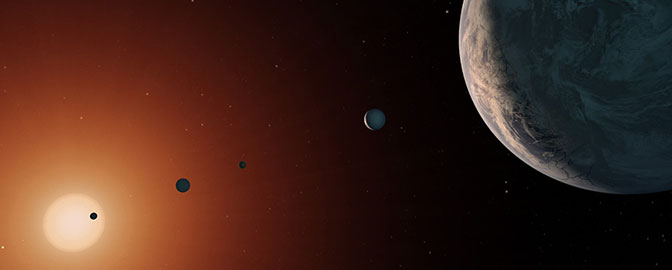


 Sun
Sun Mercury
Mercury Venus
Venus Earth
Earth Mars
Mars Jupiter
Jupiter Saturn
Saturn Uranus
Uranus Neptune
Neptune Small Bodies
Small Bodies